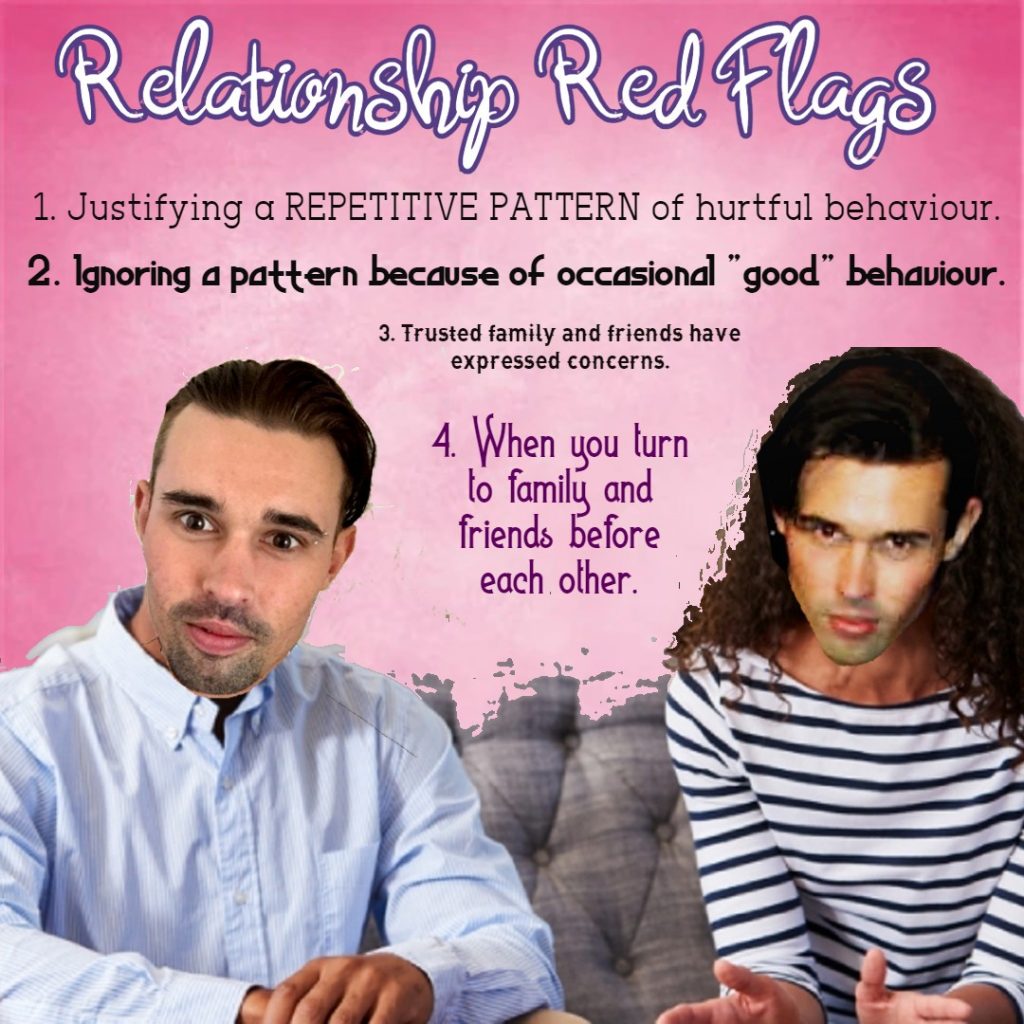Addiction fundamentally alters the brain’s reward and decision-making systems through well-documented neurobiological mechanisms. When substances like drugs (including alcohol and nicotine) are consumed, they trigger massive releases of dopamine in the brain’s reward circuit, particularly in areas like the nucleus accumbens and ventral tegmental area. With repeated exposure, the brain adapts by reducing natural dopamine production and decreasing the number of dopamine receptors, creating tolerance and requiring increasingly larger amounts of the substance to achieve the same effect. This neuroadaptation hijacks the brain’s natural reward system, making everyday activities less rewarding while the addictive substance becomes disproportionately important.
Over time, addiction also impairs the prefrontal cortex, the brain region responsible for executive functions like decision-making, impulse control, and weighing long-term consequences. This creates a neurological double-bind: the midbrain structures driving craving and drug-seeking behaviour become hyperactive, while the prefrontal systems that would normally regulate these impulses become weakened. Chronic substance use also disrupts stress response systems, making individuals more vulnerable to relapse during difficult periods. These changes help explain why addiction is recognised as a chronic brain disease rather than simply a matter of willpower – the neuroplastic changes can persist long after substance use stops, though the brain does have remarkable capacity for recovery with sustained abstinence and appropriate treatment.
The Challenge of Stopping
The challenge of stopping stems from the profound neurobiological changes addiction creates in the brain’s fundamental survival systems. The brain essentially learns to treat the addictive substance as necessary for survival, similar to food or water. When someone tries to quit, they face intense physical withdrawal symptoms as their neurochemistry struggles to return to homeostasis, combined with psychological cravings that can persist for months or years. The damaged prefrontal cortex makes it extremely difficult to override these powerful urges with rational decision-making, while stress, environmental cues, and emotional states can trigger automatic drug-seeking responses that feel almost involuntary. This creates a cycle where attempts to quit often lead to temporary success followed by relapse, which many interpret as personal failure rather than recognising it as part of the neurological reality of the condition.
Addiction appears progressive because tolerance drives escalating use over time, while the brain’s reward system becomes increasingly dysregulated. What begins as recreational use gradually shifts to compulsive use as natural dopamine production diminishes and neural pathways become more deeply entrenched. The condition typically follows a predictable pattern: initial experimentation leads to regular use, then to use despite negative consequences, and finally to compulsive use where the person continues despite severe impairment in major life areas. Additionally, chronic substance use often damages the brain regions responsible for insight and self-awareness, making it harder for individuals to recognise the severity of their condition. The progressive nature is also influenced by external factors – as addiction advances, people often lose social supports, employment, and housing, creating additional stressors that fuel continued use and make recovery more challenging.
Understanding addiction when you’re not “addicted” to alcohol or other drugs
The difficulty in understanding addiction, even among people with their own compulsive behaviors, stems from several key differences in how these conditions manifest and are perceived. While behaviors like sugar consumption, social media use, or shopping can indeed activate similar dopamine pathways, they typically don’t create the same level of neurobiological hijacking that occurs with substances like alcohol, opioids, or stimulants. Addictive drugs often produce dopamine surges 2-10 times greater than natural rewards, creating more profound and lasting changes to brain structure and function. Additionally, many behavioral compulsions allow people to maintain relatively normal functioning in major life areas, whereas substance addiction typically leads to progressive deterioration across multiple domains – relationships, work, health, and legal standing.
The social and cognitive factors also create barriers to understanding. Most people can relate to losing control occasionally – eating too much dessert or spending too much time scrolling their phone – but these experiences usually involve temporary lapses that can be corrected relatively easily through willpower or environmental changes. This creates a false sense of equivalency where people think “I can stop eating cookies when I want to, so why can’t they just stop drinking?” They don’t grasp that addiction involves a qualitatively different level of brain change where the substance has become neurobiologically essential, not just psychologically preferred. There’s also often a moral lens applied to addiction that doesn’t exist for other compulsive behaviours – society tends to view overconsumption of legal, socially acceptable things as personal quirks or minor character flaws, while addiction to illegal substances or excessive alcohol use carries heavy stigma and assumptions about moral failing, making it harder to see as a medical condition requiring treatment rather than simply better self-control.
A Word On Nicotine (Tobacco Products)
Yes, nicotine absolutely does release large amounts of dopamine, making it highly addictive despite being legal and socially accepted in many contexts. Nicotine causes an increase in dopamine levels in the brain’s reward pathways, creating feelings of satisfaction and pleasure.Research shows that nicotine, like opioids and cocaine, can cause dopamine to flood the reward pathway up to 10 times more than natural rewards.
This helps explain why nicotine addiction can be so powerful and difficult to overcome, even though people often view smoking or vaping as less serious than other forms of substance addiction. Repeated activation of dopamine neurons in the ventral tegmental area by nicotine leads not only to reinforcement but also to craving and lack of self-control over intake. The addiction develops through the same basic mechanisms as other substances – as people continue to smoke, the number of nicotine receptors in the brain increases, requiring more of the substance to achieve the same dopamine response.
What makes nicotine particularly insidious is its legal status and social acceptance, which can make people underestimate its addictive potential. The rapid delivery of nicotine to the brain (within 10-20 seconds when smoked) creates an almost immediate reward that strongly reinforces the behaviour. This is why many people who successfully quit other substances still struggle with nicotine, and why nicotine addiction often serves as a gateway that primes the brain’s reward system for addiction to other substances.

